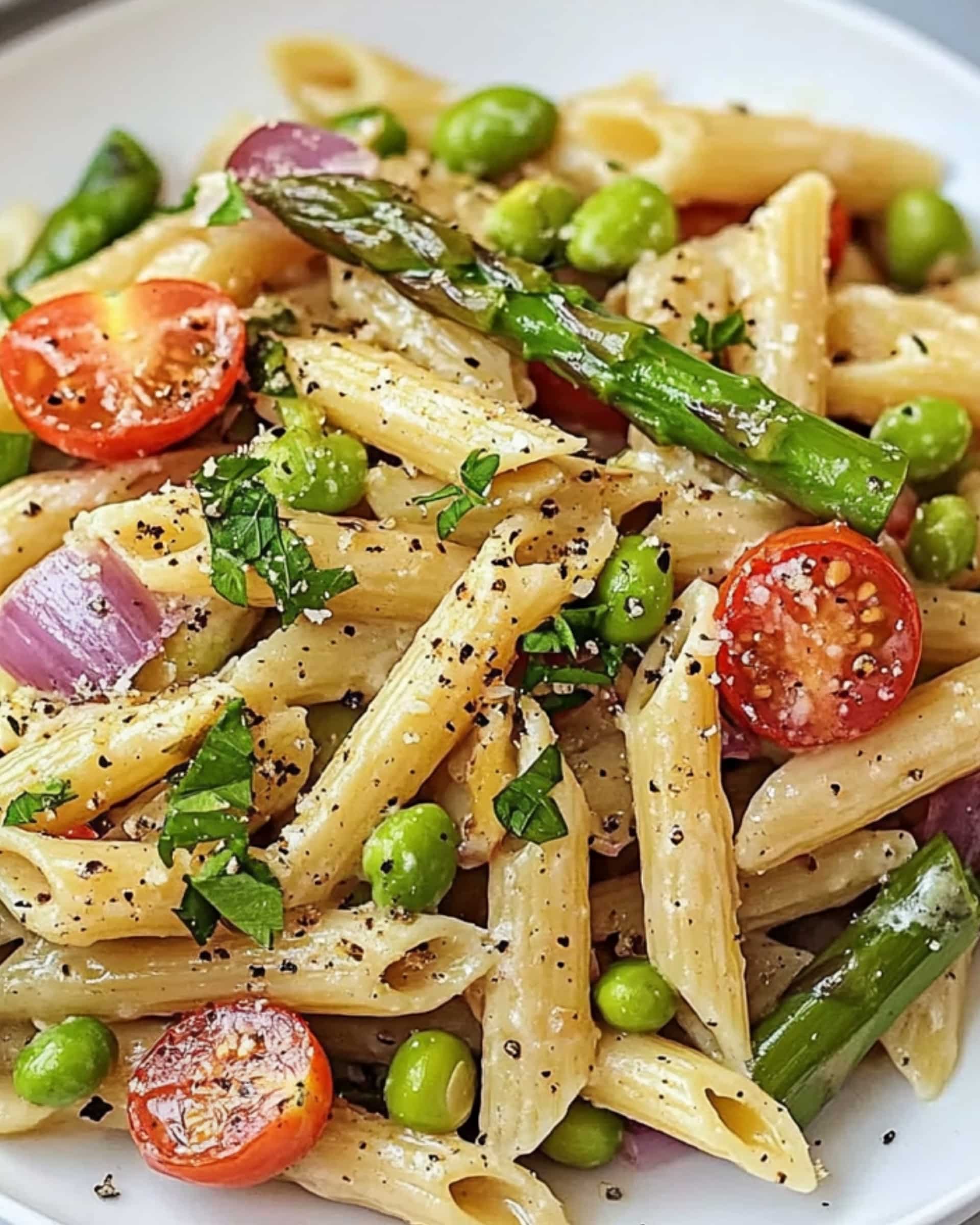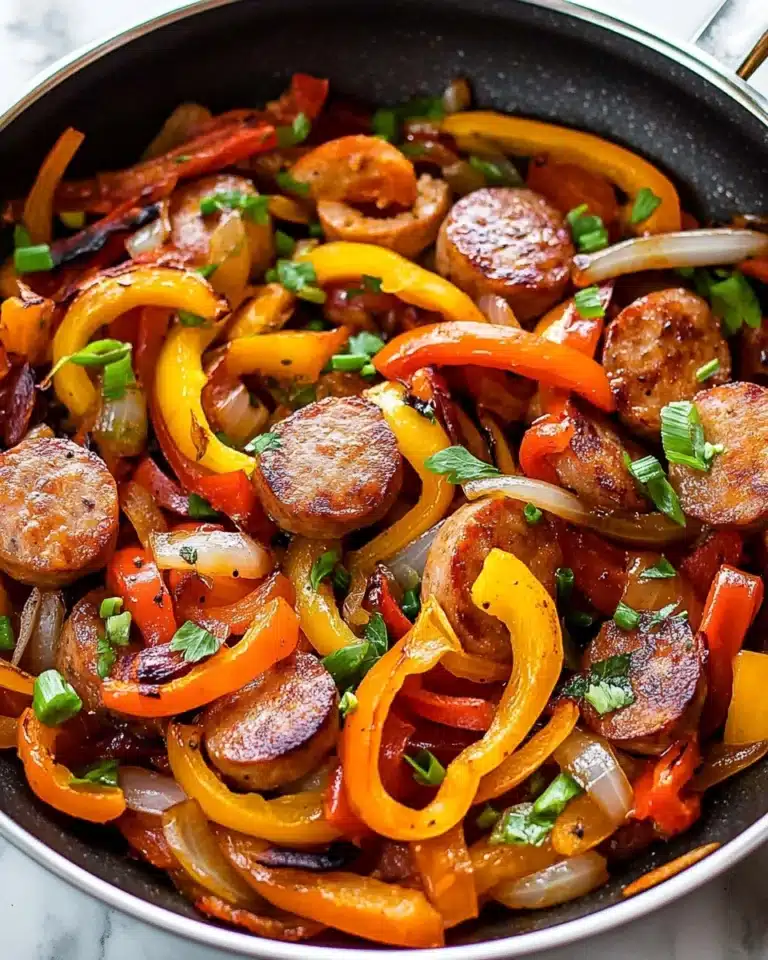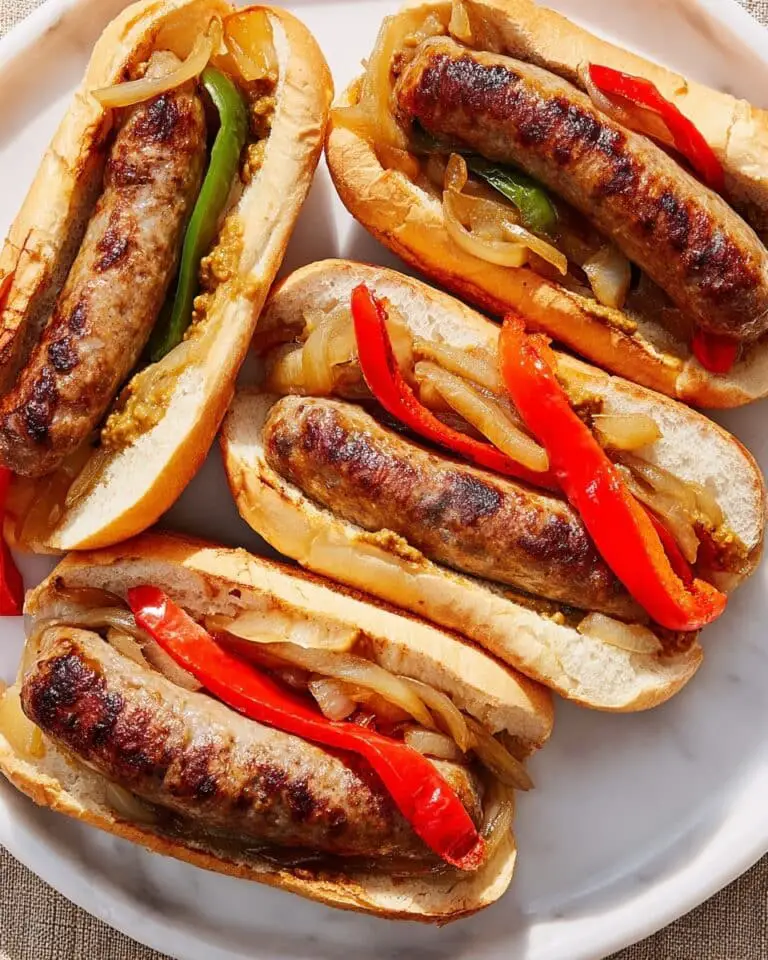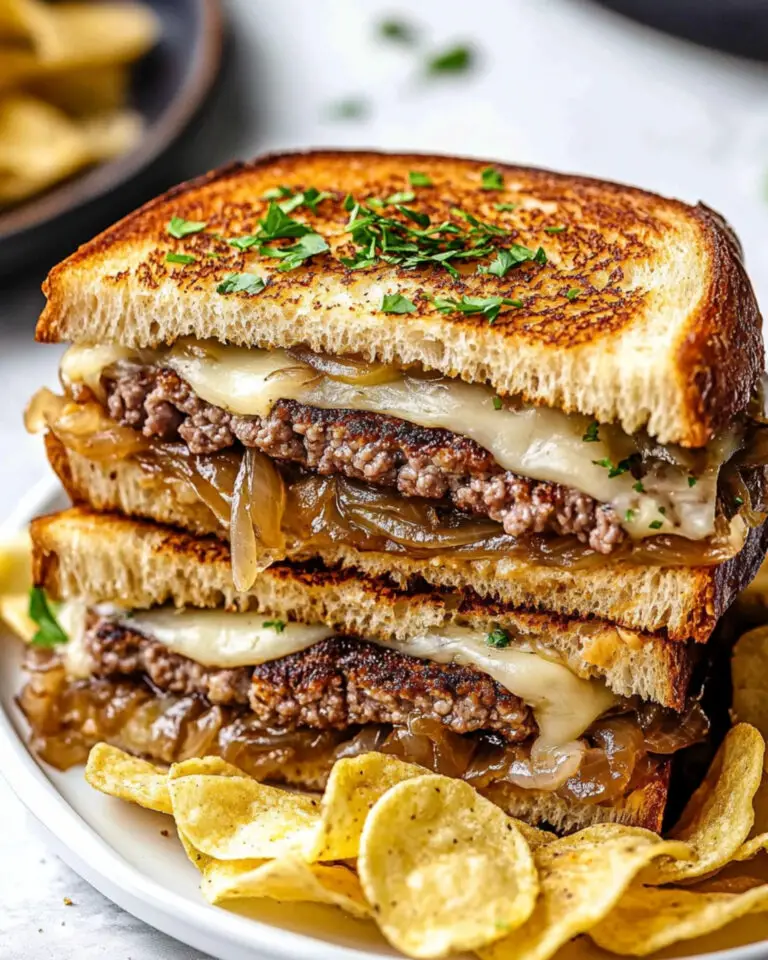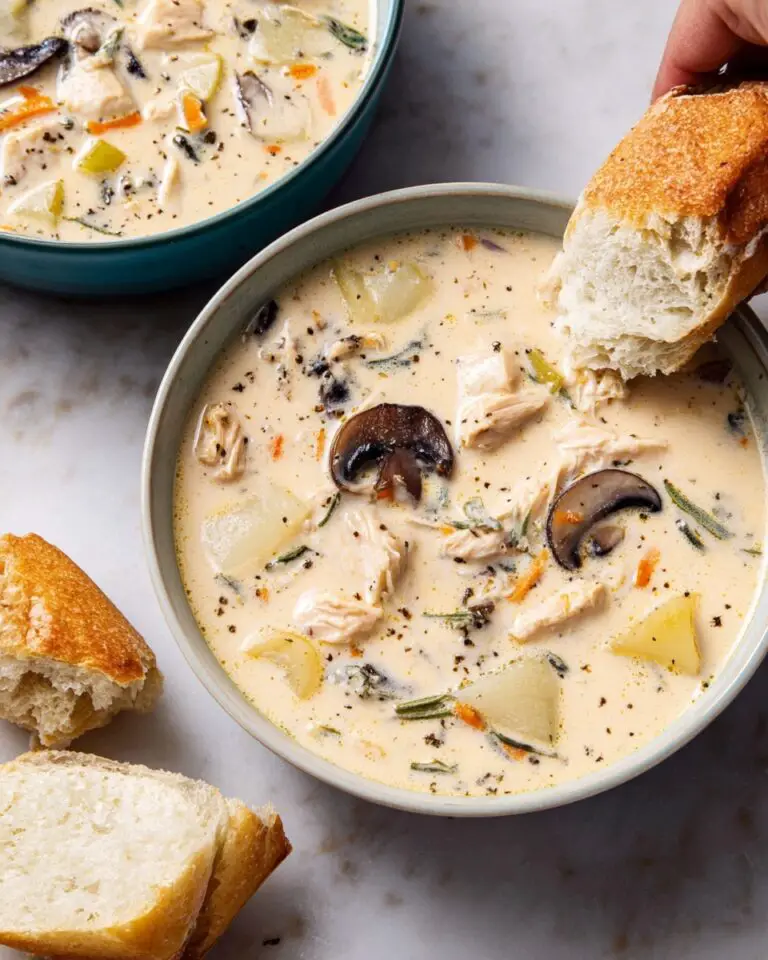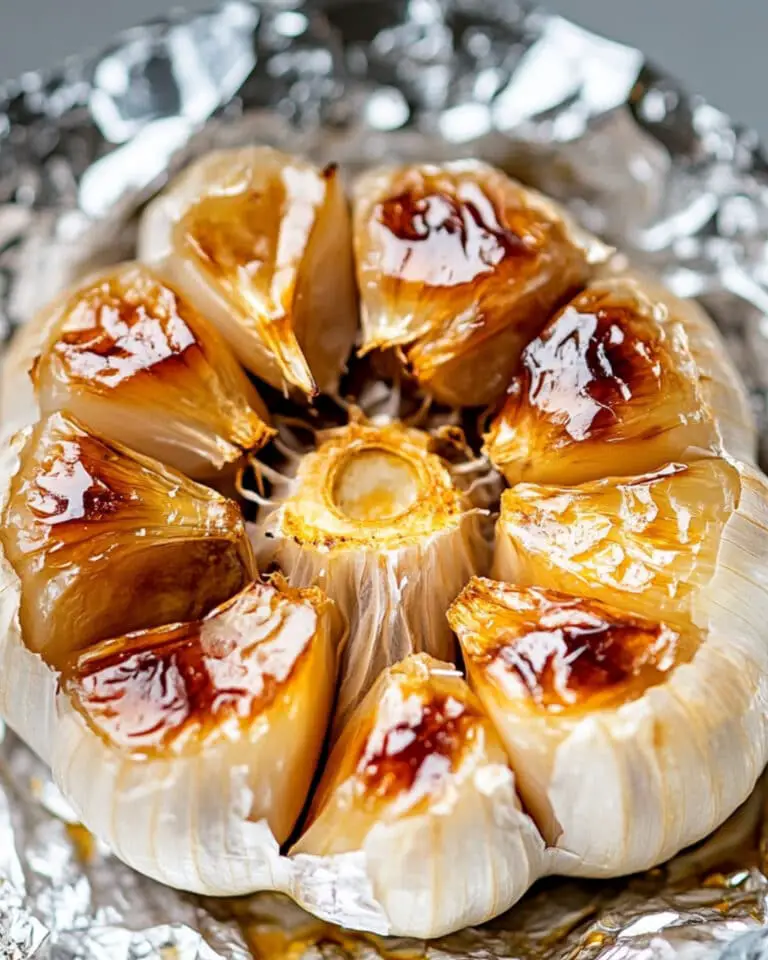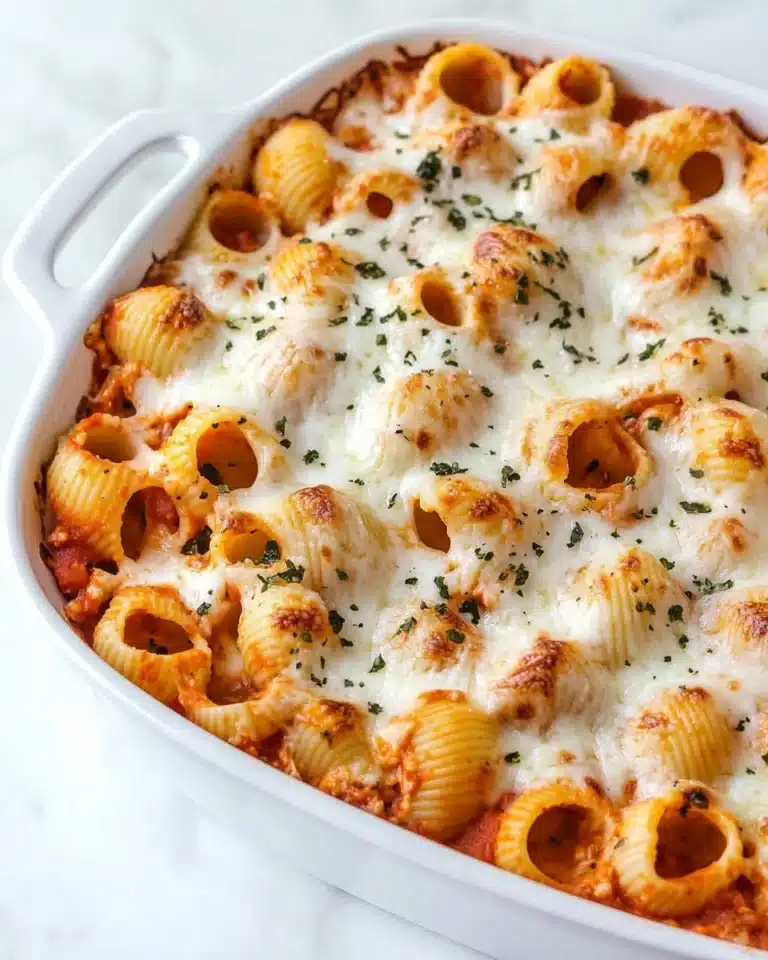This vibrant Pasta Primavera is a celebration of fresh vegetables and simple flavors that come together in just 20 minutes. The colorful medley of asparagus, peas, tomatoes, and artichokes is tossed with al dente penne pasta and brightened with lemon and Parmesan. It’s a perfect light dinner that doesn’t sacrifice flavor for convenience!
Why You’ll Love This Recipe
- Ready in 20 Minutes: From start to finish, this dish comes together in just 20 minutes—perfect for those busy weeknights when you want something homemade but don’t have hours to spend in the kitchen.
- Vegetable-Packed: This pasta is loaded with colorful vegetables, making it not only visually appealing but also nutritious. It’s a fantastic way to incorporate more veggies into your meals.
- Versatile: The beauty of Pasta Primavera is its flexibility—use whatever vegetables are in season or already in your refrigerator. It’s practically impossible to go wrong!
- Light Yet Satisfying: Unlike heavy cream-based pasta dishes, this primavera is refreshingly light while still delivering on flavor and leaving you completely satisfied.

Ingredients You’ll Need
- Penne pasta: Creates the perfect base for catching all the vegetables and sauce. The tubular shape holds onto the flavors beautifully.
- Extra virgin olive oil: Adds a fruity, rich flavor that forms the foundation of the sauce. Use the best quality you can afford for the best flavor.
- Red onion: Provides a sweet-sharp flavor and gorgeous purple color. Slice it thinly to ensure it cooks quickly and evenly.
- Asparagus: Brings a tender-crisp texture and earthy flavor. Choose bright green stalks with tight, compact tips for the freshest flavor.
- Frozen peas: Add sweetness and bright color. No need to thaw—they’ll warm up perfectly when added to the hot pan.
- Cherry or grape tomatoes: Burst with juicy sweetness that balances the dish. Halving them allows their juices to meld into the sauce.
- Artichoke hearts: Contribute a unique tender texture and slightly tangy flavor that makes this pasta special.
- Minced garlic: Infuses the dish with aromatic depth. Fresh is always best here—pre-minced just doesn’t deliver the same punch.
- Lemon juice: Brightens the entire dish with its acidity, cutting through the richness of the olive oil and cheese.
- Parmesan cheese: Adds a salty, nutty finish that brings everything together. Freshly grated melts much better than pre-grated options.
- Fresh parsley: Provides a fresh, herbaceous finish and beautiful green color contrast.
Note: You’ll find the complete list of ingredients, along with their exact measurements, in the printable recipe card at the bottom of this post.
Variations
Protein Additions
Turn this vegetarian pasta into a heartier meal by adding grilled chicken strips, sautéed shrimp, or flaked salmon.
Seasonal Swaps
Adapt this recipe based on what’s in season:
- Spring: Add tender young zucchini and yellow squash
- Summer: Include bell peppers and sweet corn kernels
- Fall: Try cubed butternut squash and Brussels sprouts
- Winter: Incorporate roasted cauliflower and broccoli
Different Pasta Shapes
Experiment with farfalle (bow ties), rotini (spirals), or orecchiette (little ears)—each captures the sauce and vegetables differently.
Dairy-Free Option
Skip the Parmesan and add nutritional yeast or a squeeze more lemon juice for flavor.
How to Make Pasta Primavera
Step 1: Cook the Pasta
Cook the penne according to package directions until al dente. Remember to salt your pasta water generously—it should taste like the sea. This is your only chance to season the pasta itself.
Step 2: Sauté the Vegetables
Heat olive oil in a large skillet over medium-high heat. Add the thinly sliced red onion and asparagus, sautéing for 5-7 minutes until the asparagus is tender-crisp. This initial cooking time develops flavor and softens the firmer vegetables.
Step 3: Add Quick-Cooking Vegetables
Add the frozen peas, halved tomatoes, and artichoke hearts to the skillet, stirring just until heated through, about 1-2 minutes. These vegetables need minimal cooking to maintain their color and texture.
Step 4: Add Aromatic Garlic
Stir in the minced garlic and cook for just one minute more. Adding garlic at this stage prevents it from burning while still releasing its aromatic flavors.
Step 5: Combine and Season
Remove the skillet from heat. Add the drained pasta along with the remaining olive oil, lemon juice, and Parmesan cheese. Toss everything together until the cheese begins to melt and coat the pasta. Season with salt and pepper to taste.
Step 6: Garnish and Serve
Transfer to serving plates or a large bowl and sprinkle with freshly chopped parsley for a pop of color and fresh flavor.
Pro Tips for Making the Recipe
- Cook pasta just shy of al dente since it will continue cooking slightly when tossed with the hot vegetables.
- Don’t overcook the vegetables—they should maintain some crispness for the best texture contrast with the pasta.
- Use a skillet large enough to accommodate all ingredients when tossing together. If needed, you can always return the drained pasta to its cooking pot and add the vegetable mixture there.
- Reserve a small cup of pasta water before draining. If your final dish seems dry, add a splash of this starchy water to create a silkier sauce.
- Grate Parmesan fresh from a block for the best melting quality and flavor—pre-grated cheese often contains anti-caking agents that prevent proper melting.
How to Serve
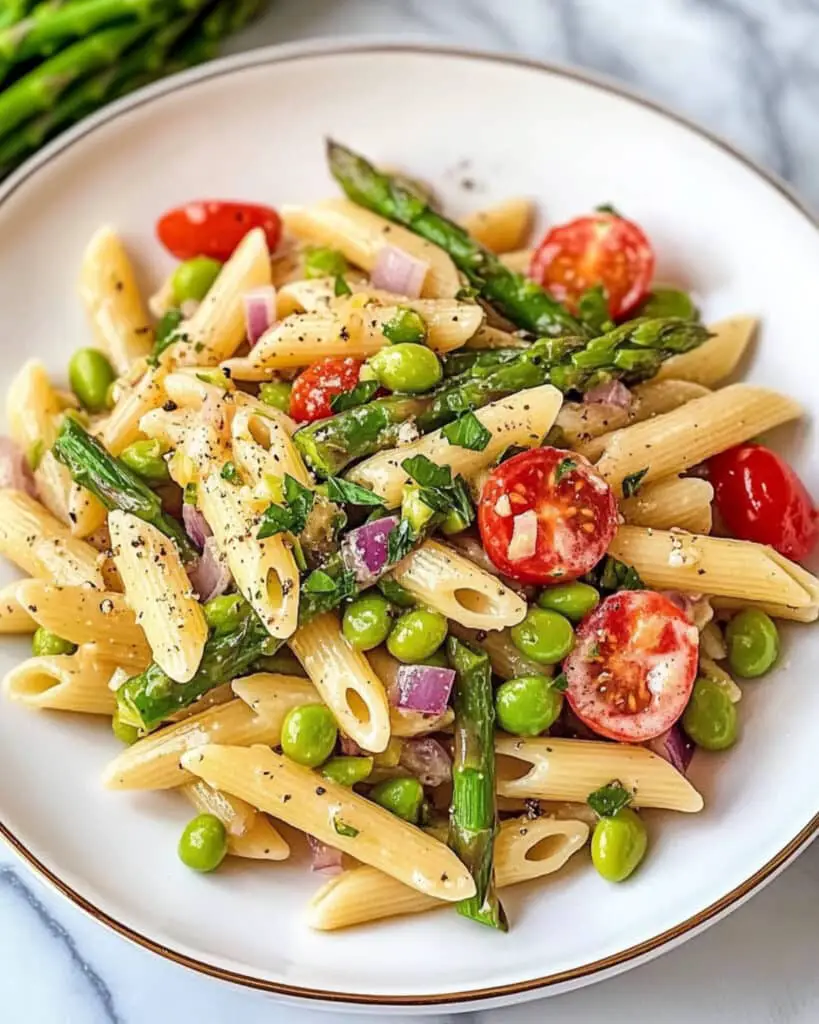
Perfect Pairings
Serve this vibrant pasta with a simple arugula salad dressed with lemon vinaigrette or some crusty garlic bread for soaking up any remaining sauce.
Wine Suggestion
A crisp Pinot Grigio or Sauvignon Blanc complements the fresh vegetables and lemon notes beautifully.
Serving Style
Present family-style in a large, shallow bowl to showcase all the colorful vegetables, or portion individually with an extra sprinkle of Parmesan and black pepper on top.
Make Ahead and Storage
Storing Leftovers
Store leftover Pasta Primavera in an airtight container in the refrigerator for up to 3 days. The flavors often develop wonderfully overnight!
Freezing
This pasta doesn’t freeze well as the vegetables can become mushy when thawed. It’s best enjoyed fresh or as refrigerated leftovers.
Reheating
Gently reheat leftovers in a skillet over medium-low heat with a splash of water or olive oil to revive the sauce. Alternatively, microwave at 70% power, stirring halfway through, to prevent the pasta from becoming tough.
FAQs
-
Can I use other vegetables in this Pasta Primavera?
Absolutely! The beauty of Pasta Primavera is its adaptability. Bell peppers, zucchini, broccoli, or mushrooms would all work wonderfully. Just adjust cooking times accordingly—harder vegetables need more time, while tender ones can be added later.
-
Is there a gluten-free option for this recipe?
Yes, simply substitute your favorite gluten-free pasta. The sauce is naturally gluten-free, making this an easy adaptation. Just be sure to cook the gluten-free pasta according to package directions as cooking times often differ.
-
Can I make this dish vegan?
Definitely! Omit the Parmesan cheese or replace it with a vegan alternative. Many stores now carry plant-based Parmesan-style toppings, or you can use nutritional yeast for a similar savory flavor.
-
How can I make this pasta primavera more substantial for a main dish?
To make this a heartier main course, add protein like grilled chicken breast, sautéed shrimp, or white beans. You could also increase the amount of Parmesan or add fresh mozzarella pearls for extra richness.
Final Thoughts
This Pasta Primavera recipe proves that delicious, fresh food doesn’t have to be complicated or time-consuming. In just 20 minutes, you can create a restaurant-worthy pasta dish bursting with garden-fresh flavors. It’s the perfect solution for busy weeknights when you want something homemade that doesn’t require hours in the kitchen. Give it a try tonight—I bet it’ll quickly become a regular in your dinner rotation!
Print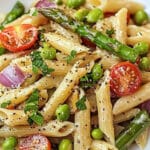
Pasta Primavera Recipe
- Prep Time: 10 minutes
- Cook Time: 10 minutes
- Total Time: 20 minutes
- Yield: 6 Servings 1x
- Category: Main-course
- Method: Stovetop
- Cuisine: Italian
- Diet: Vegetarian
Description
Pasta Primavera is a simple and vibrant Italian-inspired dish. It is loaded with fresh vegetables, delicate pasta, and a light seasoning of olive oil and Parmesan cheese, perfect for a quick and healthy meal.
Ingredients
Base Ingredients
- 1 pound penne pasta
- 4 tablespoons extra virgin olive oil, divided
Vegetables
- 1/2 red onion, thinly sliced
- 1 cup asparagus, trimmed and cut into 2-inch pieces
- 1 cup frozen peas
- 1 cup cherry or grape tomatoes, halved
- 1 cup artichoke hearts
Seasonings and Garnish
- 6 to 8 teaspoons minced garlic (about 6 to 8 cloves)
- 3 tablespoons lemon juice
- 1/2 cup freshly grated Parmesan cheese
- Salt and pepper to taste
- 3 tablespoons minced fresh parsley for garnish
Instructions
- Cook the pasta: Cook 1 pound penne pasta according to package directions until al dente. Drain and set aside.
- Prepare the vegetables: Heat 2 tablespoons olive oil in a large skillet over medium-high heat. Add thinly sliced 1/2 red onion and 1 cup asparagus (trimmed and cut into 2-inch pieces). Sauté for 5 to 7 minutes until the asparagus is tender-crisp.
- Add additional vegetables: Stir in 1 cup frozen peas, 1 cup halved cherry or grape tomatoes, and 1 cup artichoke hearts. Sauté briefly until heated through (1 to 2 minutes).
- Add garlic: Stir in 6 to 8 teaspoons minced garlic and cook for 1 additional minute. Remove from heat.
- Toss everything together: Add the cooked pasta to the skillet and toss with 2 tablespoons olive oil, 3 tablespoons lemon juice, and 1/2 cup freshly grated Parmesan cheese until the cheese is melted. Season with salt and pepper to taste.
- Serve and garnish: Serve the pasta hot, garnished with 3 tablespoons freshly minced parsley for added flavor and freshness.
Notes
- You can substitute the vegetables with seasonal or preferred vegetables of your choice.
- For an added protein boost, consider adding grilled chicken or shrimp to the dish.
- For a vegan option, replace Parmesan cheese with a dairy-free alternative or nutritional yeast.
- This dish tastes best when served immediately but can be stored in an airtight container in the refrigerator for up to 2 days.
Nutrition
- Serving Size: 1 serving
- Calories: 320
- Sugar: 4g
- Sodium: 210mg
- Fat: 9g
- Saturated Fat: 2g
- Unsaturated Fat: 7g
- Trans Fat: 0g
- Carbohydrates: 48g
- Fiber: 5g
- Protein: 11g
- Cholesterol: 5mg

